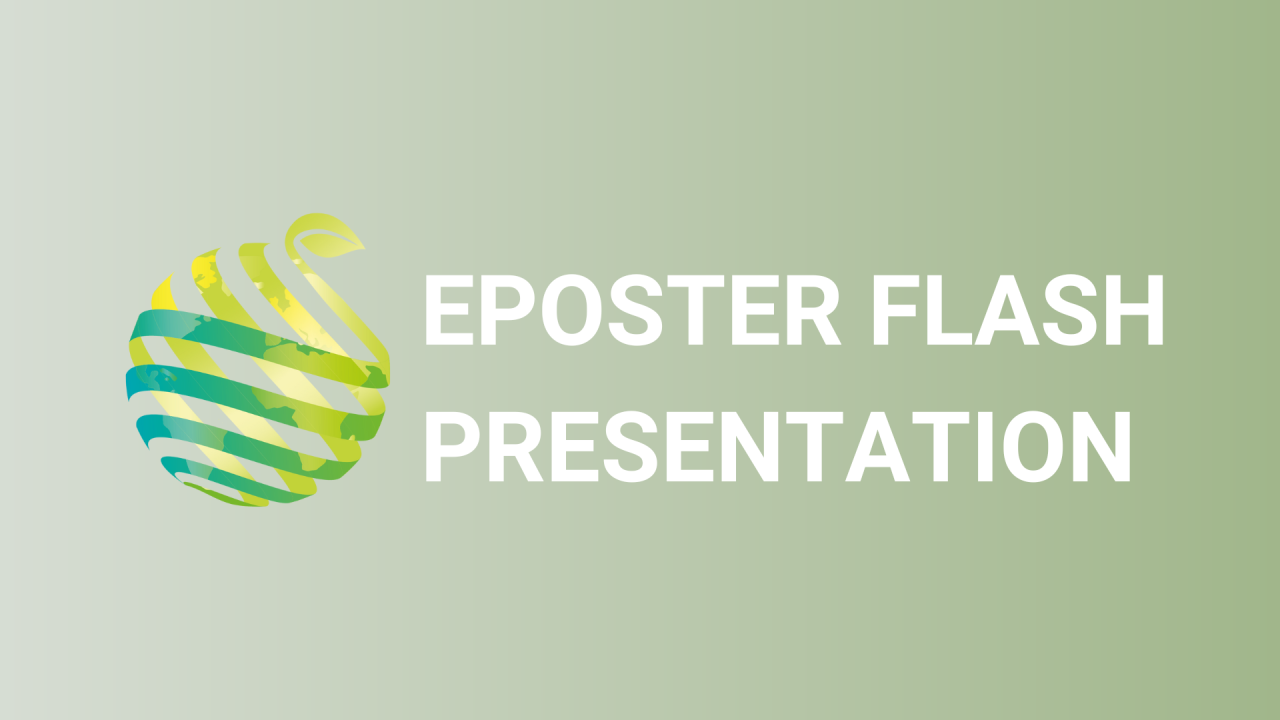

S18 - Session P3 - Hyperspectral imaging in Penicillium spp. infection detection
Information
Authors: Ana Marija Antolkovic *, Ana Marija Gotal, Antonio Viduka, Rea Vrtodusic, Marko Petek, Tomislav Karazija, Martina Skendrovic Babojelic, Mihaela Satvar Vrbancic, Zoran Grgic, Ante Loncaric, Bojan Sarkanj, Tihomir Kovac, Goran Fruk
Apple fruit production in recent years have greater demands on post-harvest quality of apples. The main problem is detecting physical changes in the tissue texture or chemical changes of color, smell and taste which can cause rejection from consumers. Quality mechanization and automatization of production in areas of harvest, quality control and selection of the fruits can ensure reduction of production cost and higher quality product. The main problem with visual identification of physical changes on apple fruit is that changes on fruit are not visible days after it gets infected or injured. One of many concerns for fruit growers are pathogens, especially Penicillium spp. fungi,that are causing fruit rot and are responsible for accumulation of mycotoxins. They are widely spread biological toxins which contaminate fruit. There are many non-invasive techniques and methods that can successfully detect pathogens. Recent progress of the development in image technology came up with wide range of image analysis as great non-destructive technique for detecting quality of fruit. One of them is hyperspectral imaging that can be used for detection as an analytical tool to get spectral information from different objects such as detection of fruit properties and internal damages. Hyperspectral images that were taken with sensor working in the visible and near-infrared wavelength ranges from 400 to 1000 nm. Identifying the wavelengths at which damage of infection by P. expansum it can be detected early. Research was conducted at 4°C on 5 traditional apple cultivars and 2 commercial apple cultivars, while P. expansum CBS 325.48 spore suspension (2.5 x 10 6 spores mL -1 ) was used for inoculation. It is important to research the early detection of damages and infections on the fruit during post- harvest, which can reduce costs and prevents quality issues during storage.